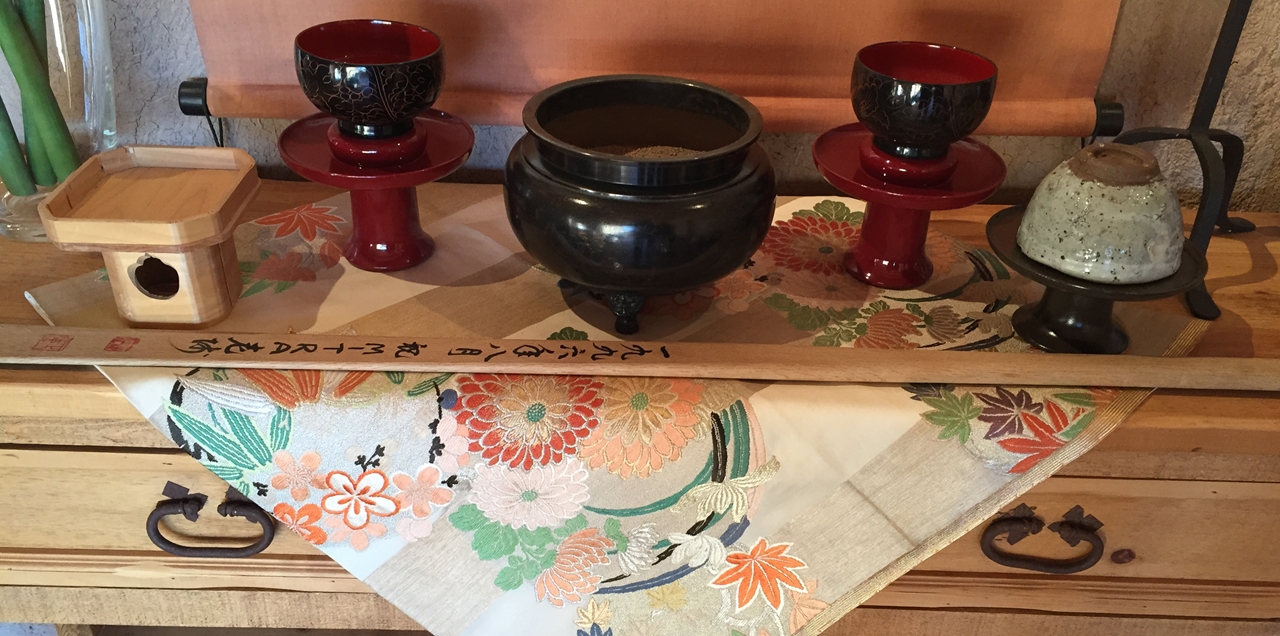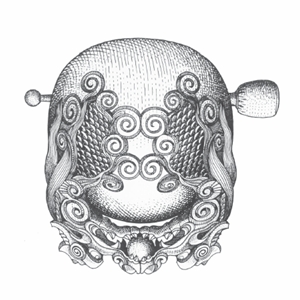
The Purpose of Chanting in Zen
When chanting is done wholeheartedly, it can have a profound effect on one’s being. The sounds of the chanting reach a place beyond the rational mind, and although this may seem contradictory, the meaning of the chants can be absorbed at a level independent of words. Chanting can be invigorating; it can pick us up, give us a “shot in the arm” when we’re dragging. This is why virtually every spiritual practice in the world has its form of chant.
A Brief History
Buddhist chanting arose as a result of the first meeting of Elders following the Buddha’s parinirvana, during which his cousin, disciple, and attendant, Ananda, recited verbatim, according to history, all of the Buddha’s teachings. This is why the sutras-which are the purported words of the Buddha as recalled by Ananda, who was said to have had perfect recall-all begin with “Thus have I heard.” This recitation of Ananda’s has been repeated ever since, and continues to this day in virtually all Buddhism, whether of Theravadan, Mahayana, or Vajrayana. Today we do it in Zen temples as “O-kyo” (Honorable Sutras) or “Choka,” as it’s known in Rinzai temples, or “Service” or “Chanting” as it’s known in many temples and Zen centers in the West. Fundamentally, it is the teachings, whether directly from the Buddha’s mouth, as in recitation of specific sutras, or the teachings of deeply realized Zen masters such as Torei Enji or Dai E Zenji. And because these are profound teachings they can inform and inspire our practice and our life.
How to Chant
To get the most out of chanting, we need to be concentrated, relaxed yet upright in our body-seated in a formal zazen posture-and to give ourselves completely over to the chanting. A contemporary American Zen teacher actually had his first kensho experience while chanting; this is what is possible when we dive in and forget ourselves completely, not checking to see if we’re doing it in a way that might gain us praise or get us noticed, but at the same time, totally aware of and one with the chanting of the whole group. In other words, we’re naturally blending in, in rhythm, pace, harmony and strength of sound.
Style of Chants
Some of the chants are English translations, some are in Japanese, and some—the dharanis—are transliterations of the sounds of the original Sanskrit chants and not meant to be translated. The best way to learn any chant—particularly the Japanese and Sanskrit chants—is to listen to it and gradually absorb the sounds, chanting here and there when you can. An exception to this is either of the Ancestral Lines: the Teidai Denpo, which is the Rinzai Line, or the Ancestral Line, which is the Soto Line. For these, it can be most helpful to actually read the names being chanted. These are lineages of masters especially relevant to us and are chanted to remember the efforts of all of these people who preceded us in this challenging yet ultimately deeply rewarding work. They, too, struggled for years and sometimes decades in their practice, and like we can as well, they ultimately reached profound levels of awakening and passed these deep teachings on to their students and Dharma heirs.
May you deeply realize the meaning of these teachings!
listen to chants
Chanting Services
Full chanting service; the Dai Hi Shin Dharani at Sogen-ji; the Tendai Denpo at Sogen-ji. PDF of Sutra/Chant Book.

